Children at the Fair
-
About this Collection
There were many opportunities for the children of the countries participating in the Fair to meet each other and learn how each lived at home. Visitors were invited to see these children in their homes at the Fair.
Popular parties of the Children of All Nations took place several times during the Fair. On Thanksgiving Day, for example, 320 children representing nations at the Fair sat down to a turkey dinner at the Model Playground.
As part of Children's Day on August 2, there was a parade of children from all nations. Visiting children from St. Louis saw children from around the world dressed in their native clothing riding burros, Eskimo sleds, pony carriages, and camels.
-
Singwa
Photograph of young boy, Singwa, holding a piece of bamboo.
-
Singwa as a photographer
Young Singwa is shown standing beside a camera.
-
Sioux boy
A young Dakota man in warbonnet poses with a rifle. He wears a hairpipe breastplate.
-
Tobac, a Moro girl
Tobac, a young Moro girl about five years old, stands on the steps to a traditional house in the Moro section of the Philippine reservation at the Louisiana Purchase Exposition.
-
Youthful contingent of Chinese village
The Chinese village on the Pike had shops, two restaurants serving Chinese dishes, and a theater where Chinese dramas were performed.
An association of Chinese merchants in Philadelphia sponsored the attraction.
-
Singing America
Mrs. George Wilkins, an opera singer from Vienna, Austria, volunteered to give singing lessons for two hours a day to Igorot children. Mrs. Wilkins was a member of the International Jury of Awards.
-
Aro Moy, a China girl
Aro Moy, a young Chinese girl in traditional dress, poses in front of a building in the Chinese Village on the Pike.
Children played a role in the Chinese exhibits. Some would sing, while others would dance. Other children would play musical instruments. All the children learned English within months of arriving in the United States.
-
Cheyenne pappoose
A young Native American (Cheyenne) child in a beaded, fringed skin papoose carrier rests beside her family's tipi. The baby's face, with lucky piece hanging from forehead and beads and shells around neck, is visible in the papoose. A young Native American girl can be seen in the background.
-
Cliff dweller child and burro
This Pueblo Indian child is wearing deerskin leggings, worn by the Indians as protection against rattlesnake bites.
About a score of Indian groups were brought to the Exposition chiefly by the department, including the Indian school. The Pueblo group included Hopi, San Juan, and Acoma Indians.
-
Egyptian shop in Streets of Cairo on the Pike
A man and young boys are seen at a shop in the Streets of Cairo concession on the Pike at the Louisiana Purchase Exposition. Sign on shop reads 'Genuine antique coins & scarabs.'
-
Eskimo children at playground on World's Fair grounds
Five Eskimo children play in sandbox at the Model Playground, while an Eskimo man stands at right.
-
Family of Cairo, on the Pike
The Streets of Cairo concession on the Pike advertised that it reproduced such sites of the Egyptian city as its bazaar, mosque and dance halls.
-
Family of Moros outside their home at Arrowhead Lake
Samal Moros built their home over the water, while the Lanao Moros built theirs on land, often perched in trees
-
Group of Indians participate in Parade of Children of All Nations
Children of the Sioux, Chippewas, Apaches and other American Indians participated in the Parade of All Nations given for the children of St. Louis at the World's Fair. They rode in travois drawn by horses which the squaws and braves led. 'This picture shows a little Sioux in his travois which is nothing more than two poles crossed and holding a basket between them. One end of the poles furnishes shafts for the horse and the other end drags on the ground. 'The view is taken on the Model Street with the Kansas City Casino in the background. The high tower in the distance is the station of the DeForest Wireless Telegraph Company.
-
Hiro Otsake in front of crane statue
Four-year-old Hiro Otsake, or Otsuka, was the daughter of Usaburo Otsuka, the manager of the Japanese visitors club, organized by the imperial government of Japan to take care of Japanese visitors to the Louisiana Purchase Exposition. A St. Louis newspaper called Hiro the 'first Japanese baby to take up residence in St. Louis.'
-
Igorot family in native costumes
Most famous among the native Filipino tribes at the World's Fair were the head-hunting, dog-eating Igorrotes who wore breech clothes and a hat about the size of a tin can as their only clothing and spent a large part of their time dancing. 'Their warriors count their valor by the number of human heads they hae captured and hung in the eaves of their houses. Dog meat is a favorite food. They live in rude bamboo huts, their villages surrounded by walls of bamboo. Such a walled village was a feature of the Philippine reservation, and the 130 Igorrotes were ruled by a chief, Antonio by name, who was likewise clad in native garb, except when he went to Washington to pay his respects to Pres. Roosevelt. Then he dressed in citizen's attire.'
-
Kiko and Kin, Ainu children
Two young girls, Kiki and Kin, were brought to St. Louis for the Louisiana Purchase Exposition by anthropologist Frederick Starr.
-
Lanao Moro boy paddling among grass huts of the Moro village, Philippine reservation
The Moro children could be seen in and about the huts in the Moro village.
-
Navajo boy, Chee
Chee, a Navajo child, is shown in a seated position. He is wearing traditional dress, is barefooted, and is playing with a coin purse and Navajo belt.
-
Nellie, Cheyenne
Nellie, a Cheyenne about one year old, is sitting on a quilt at the entrance to a tipi. She is wearing beads and a dress decorated with cowrie shells. A lucky piece is woven in her hair. Another person is partially seen sitting in the tipi.
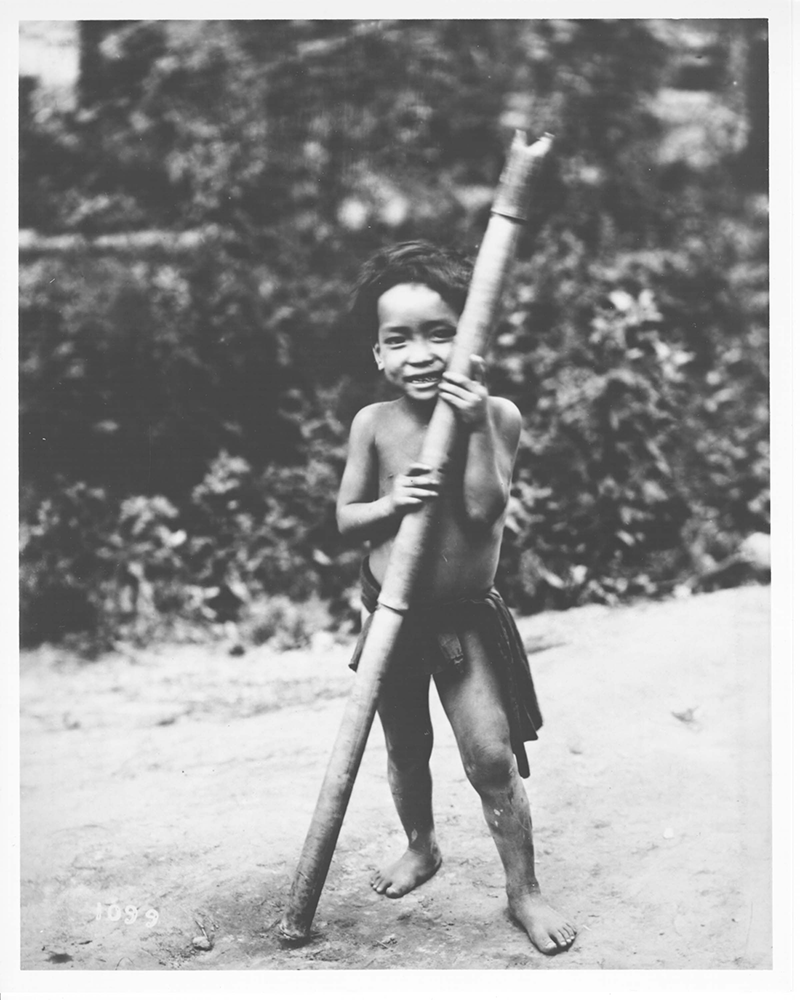 View Image
View Image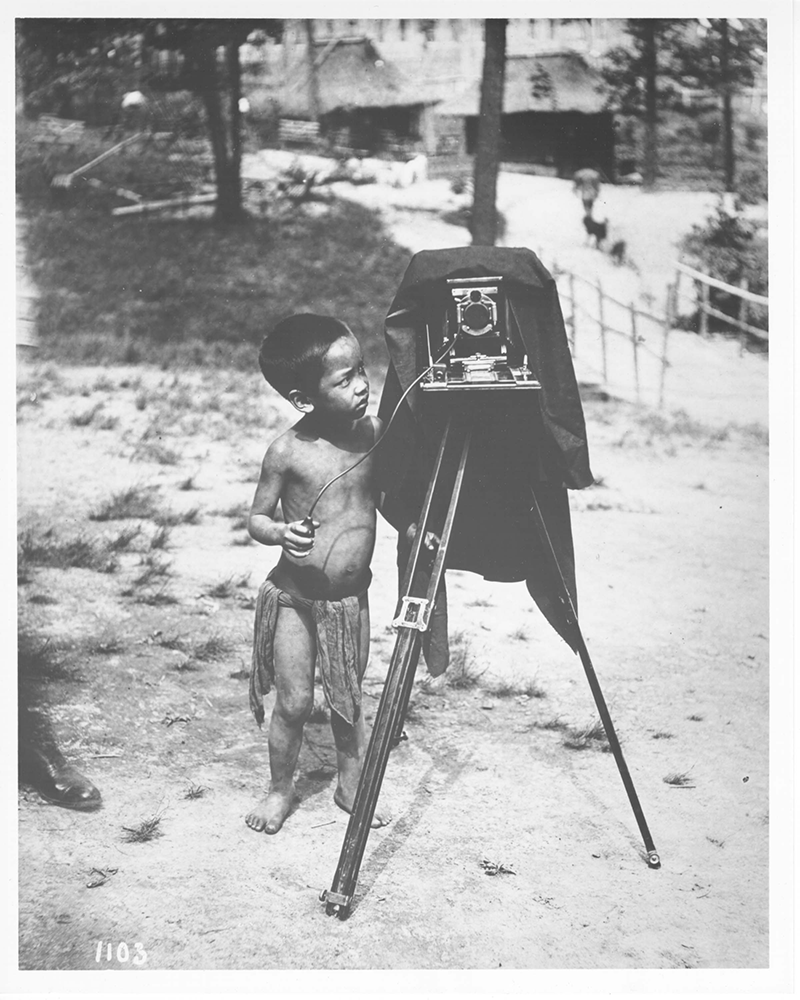 View Image
View Image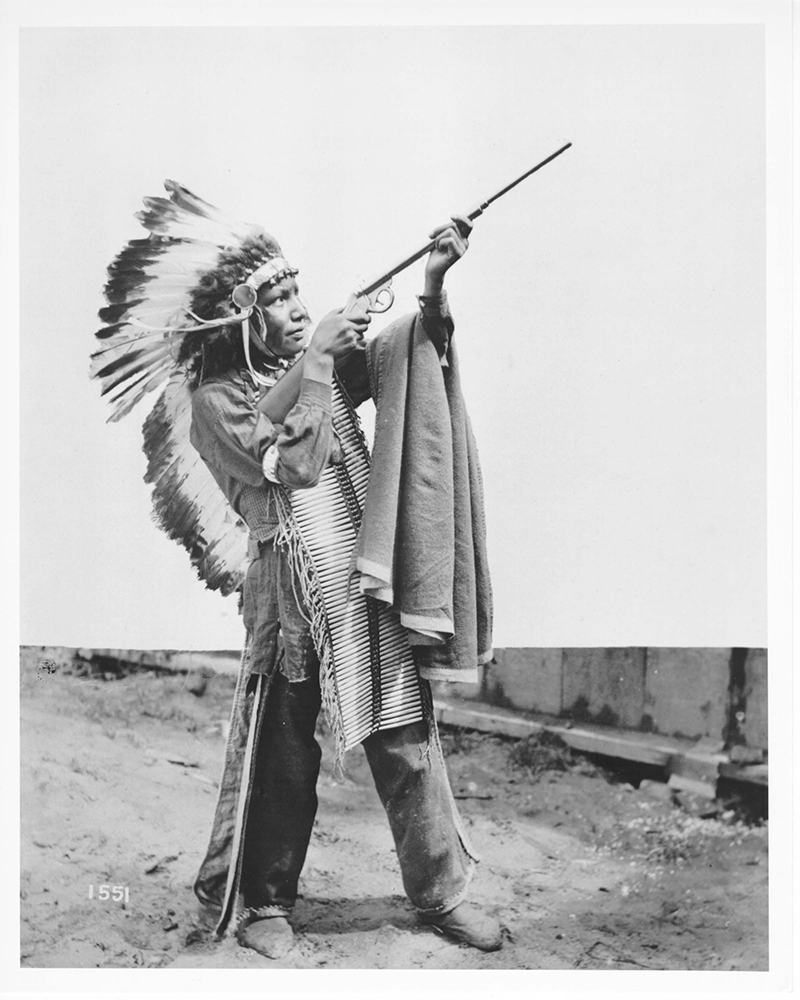 View Image
View Image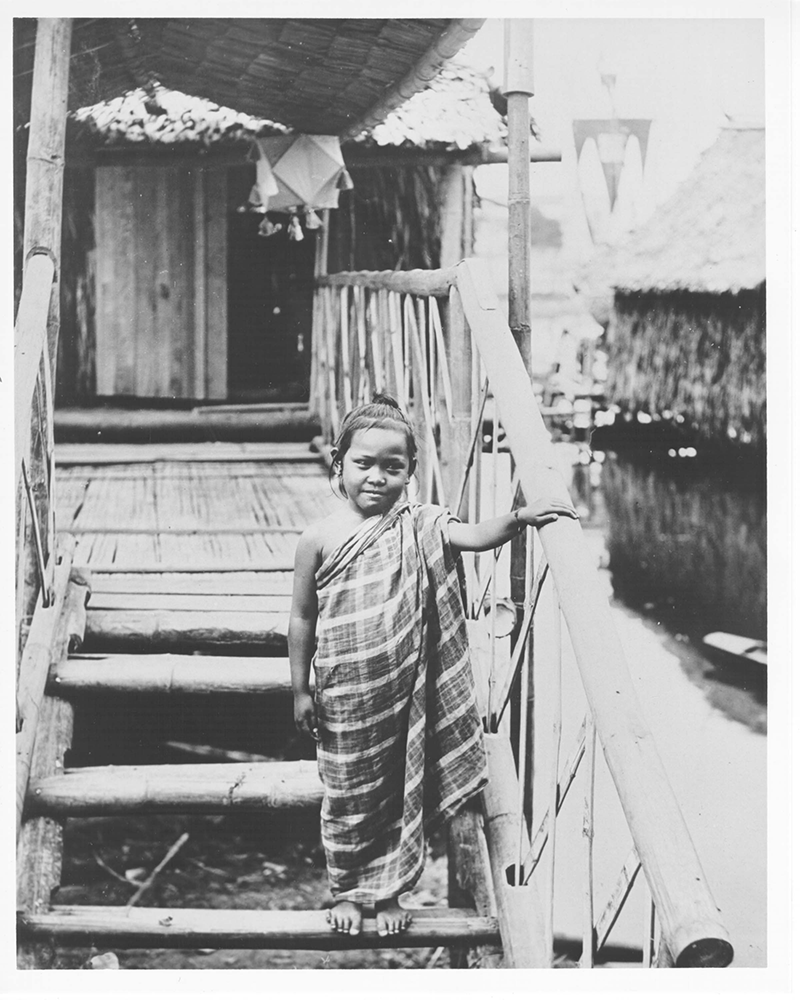 View Image
View Image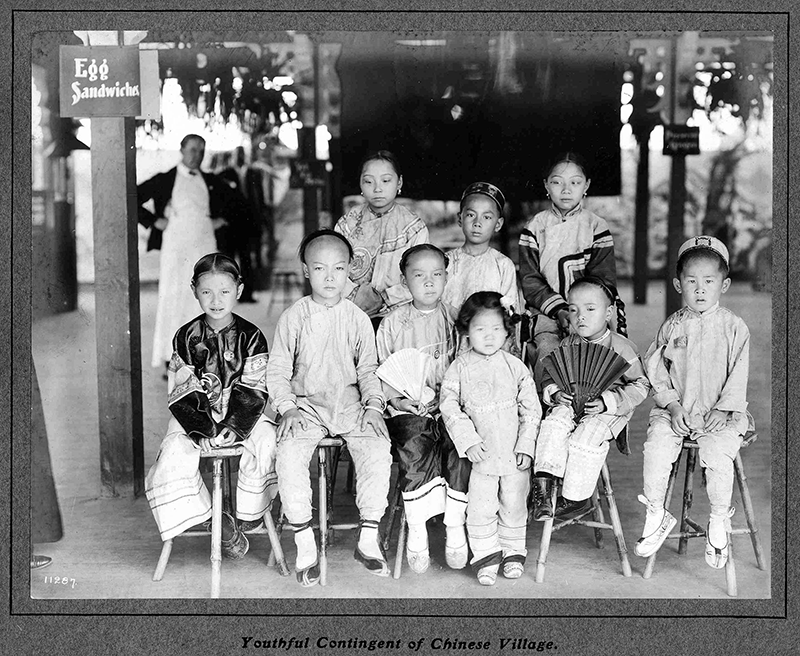 View Image
View Image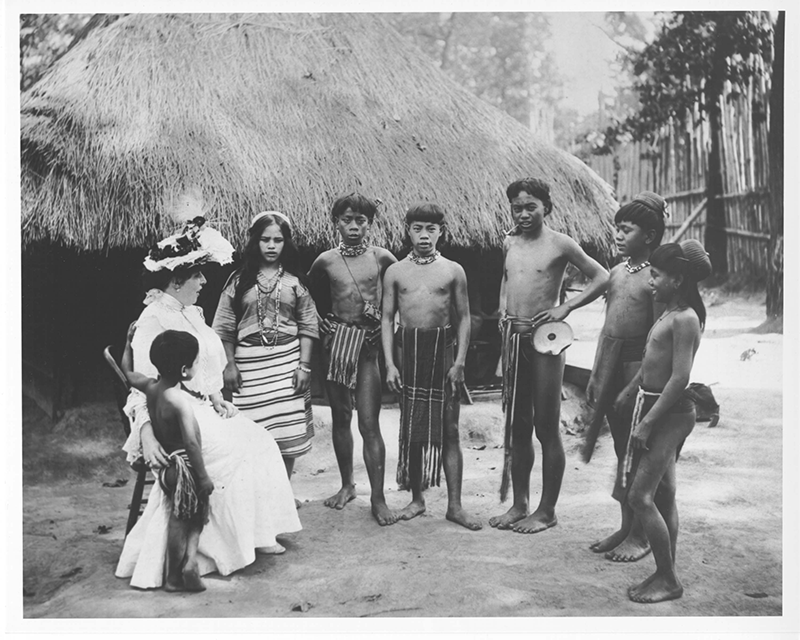 View Image
View Image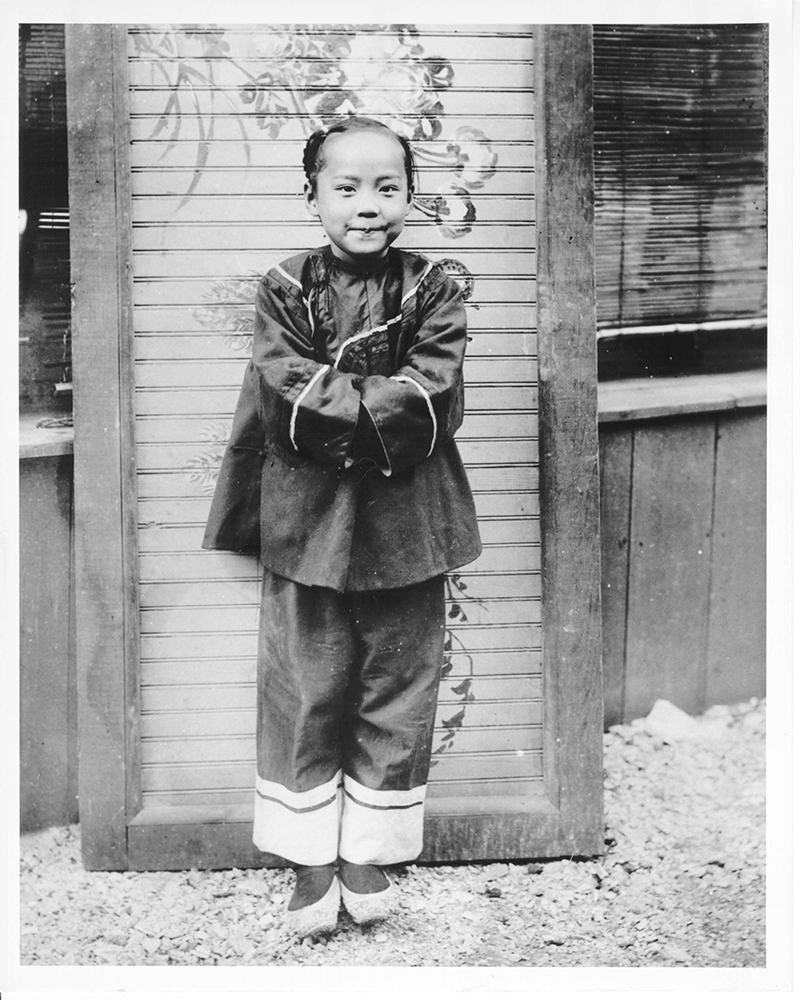 View Image
View Image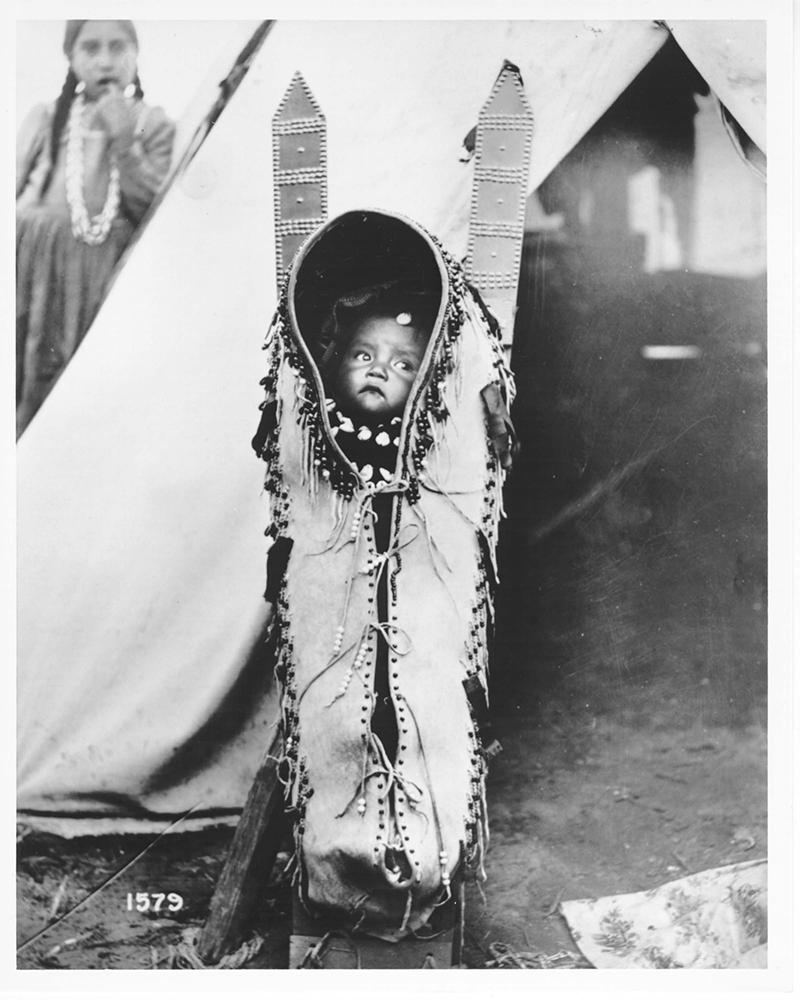 View Image
View Image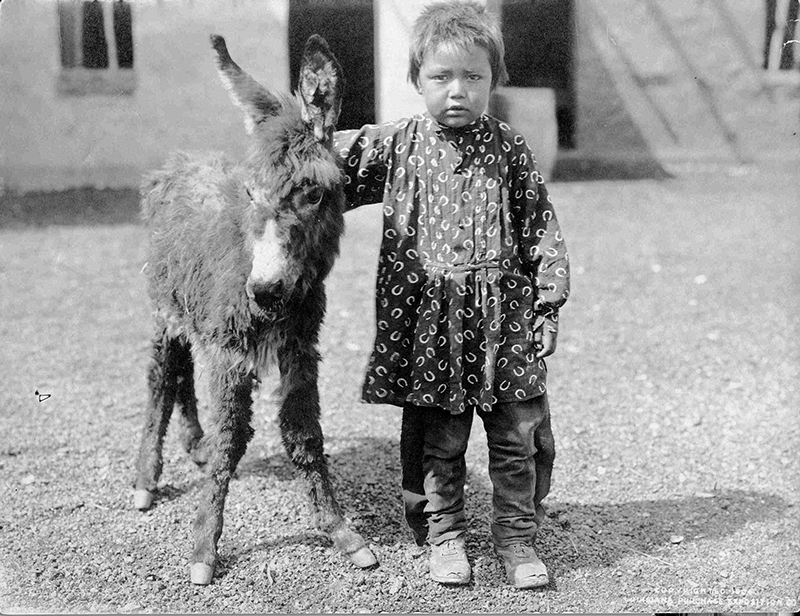 View Image
View Image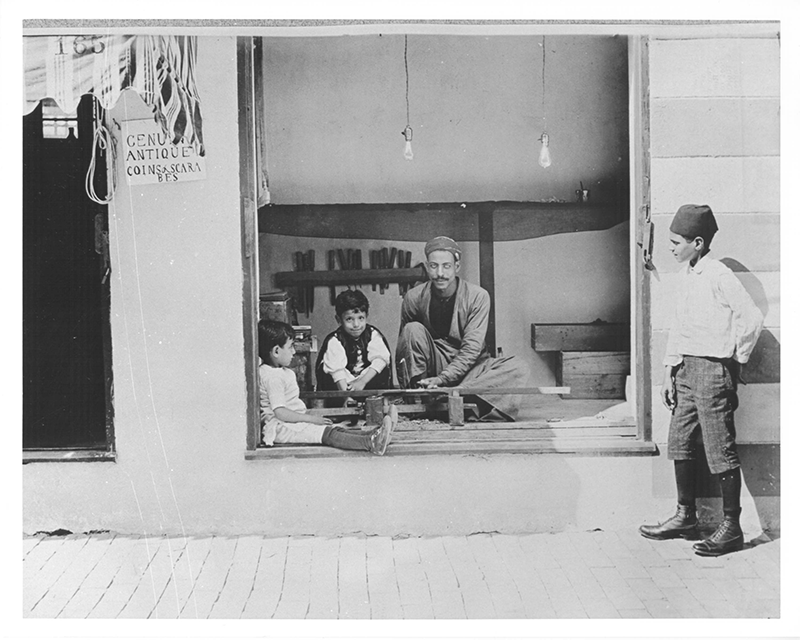 View Image
View Image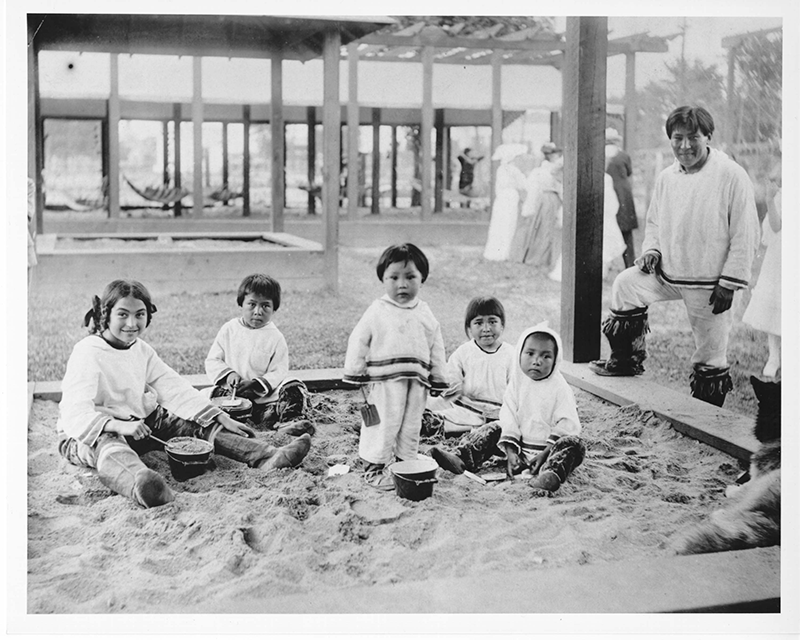 View Image
View Image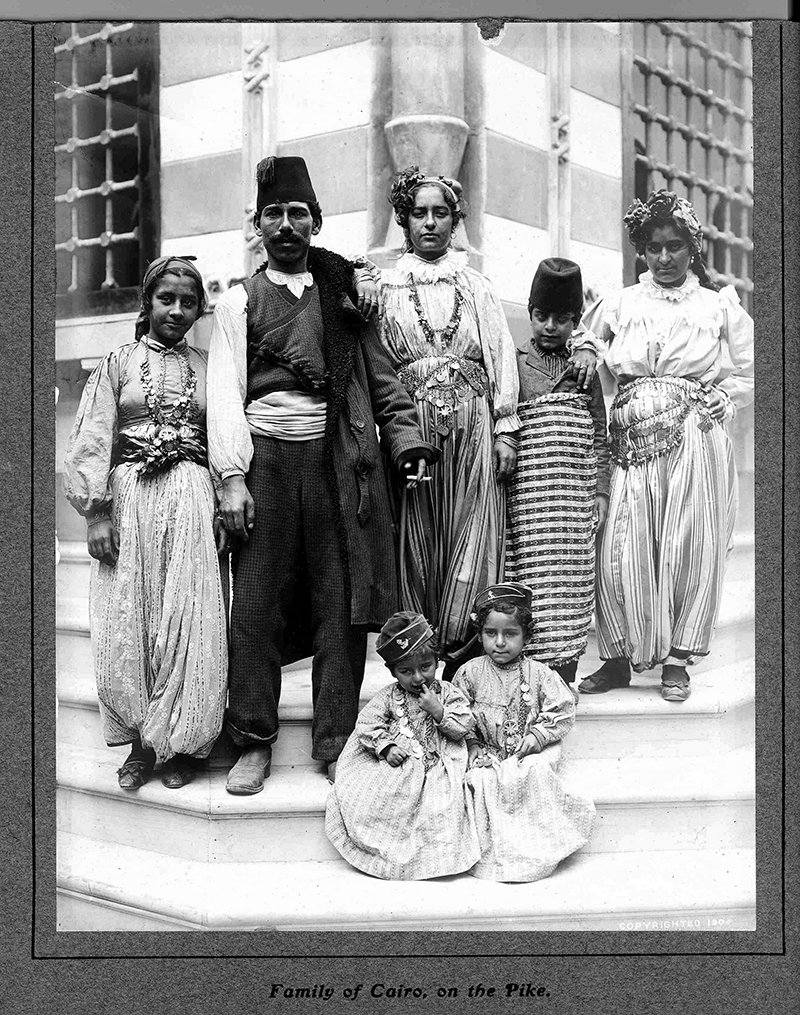 View Image
View Image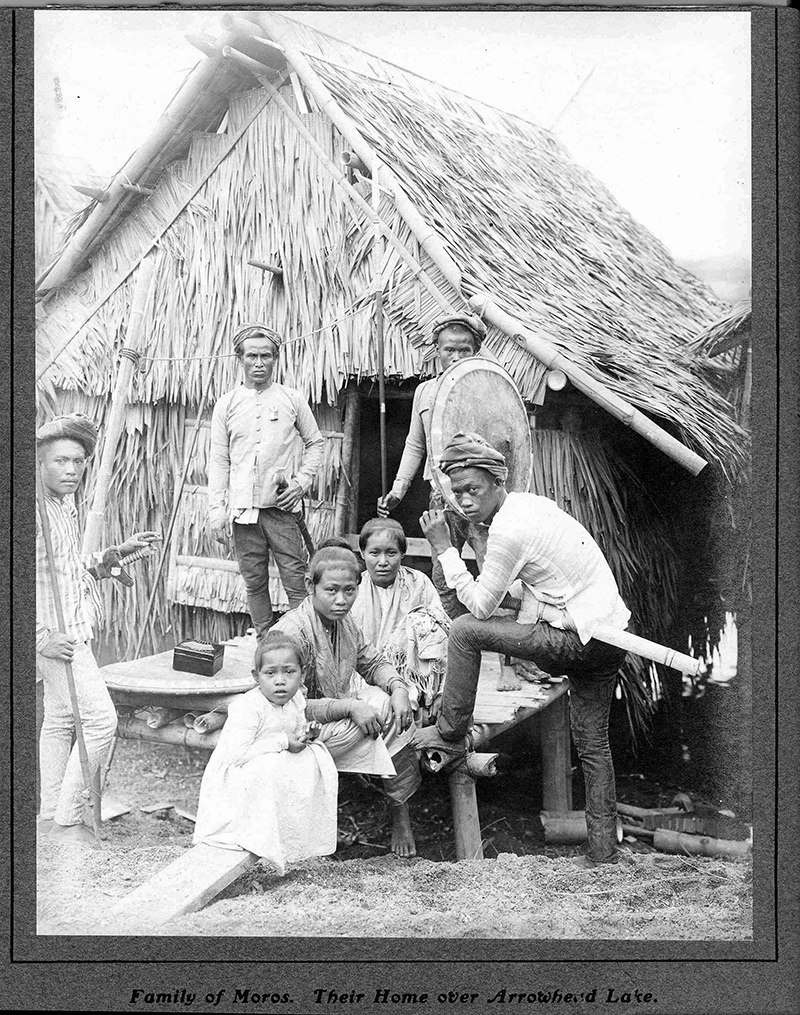 View Image
View Image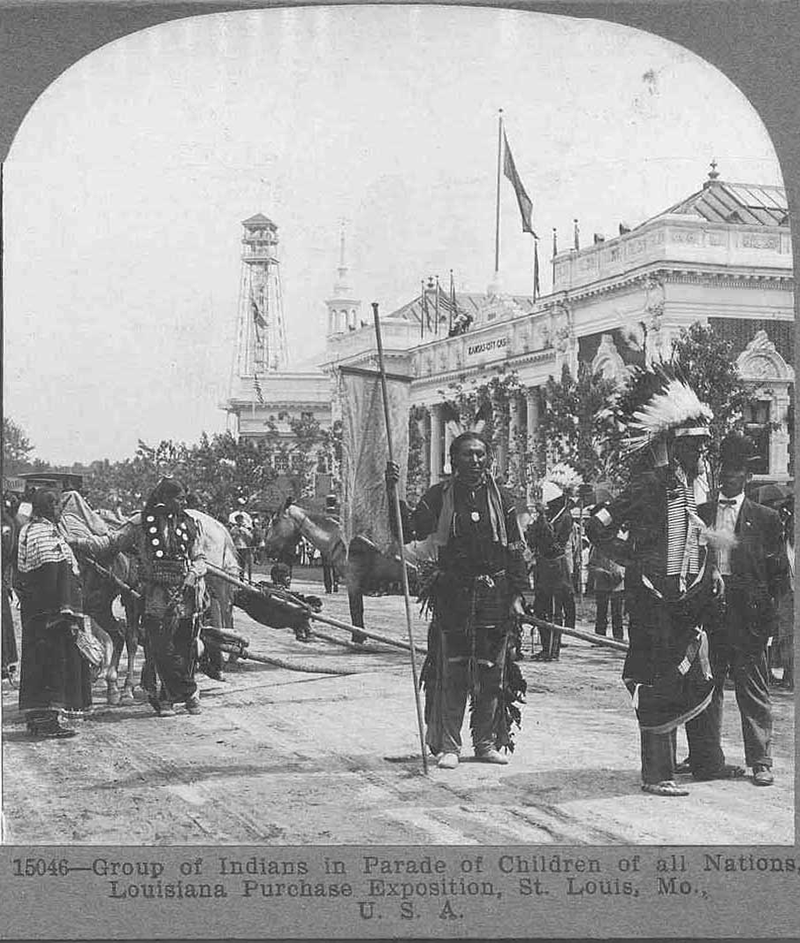 View Image
View Image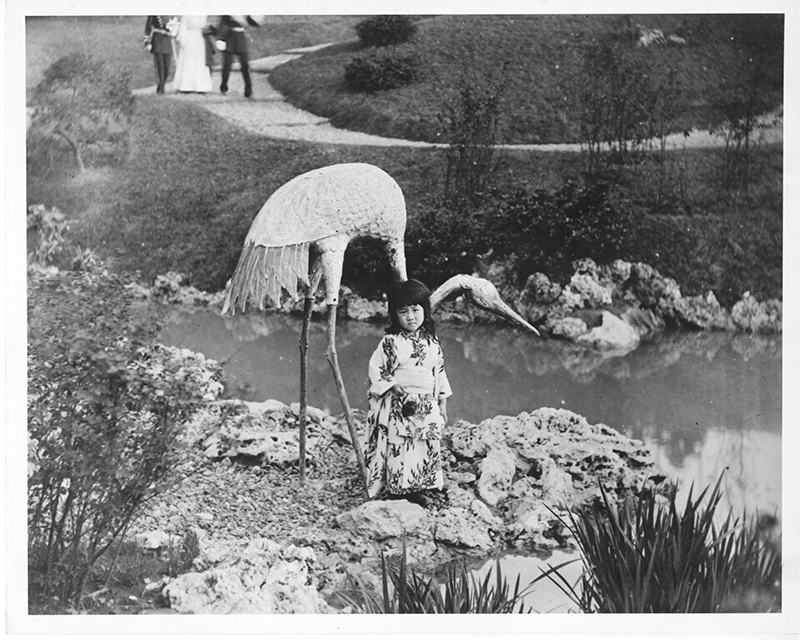 View Image
View Image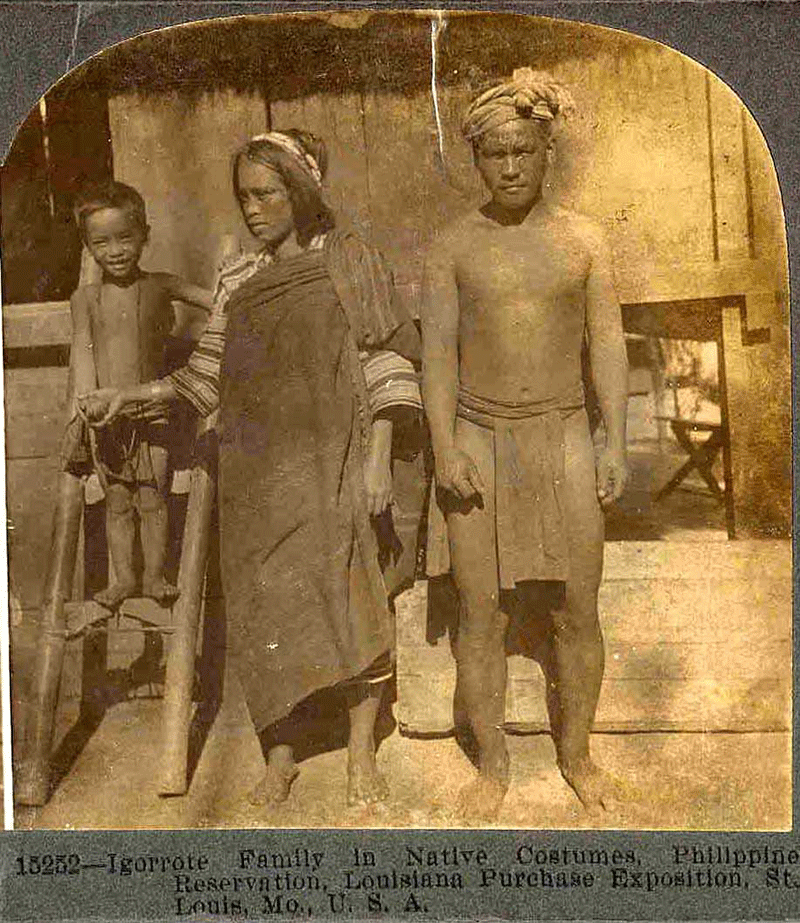 View Image
View Image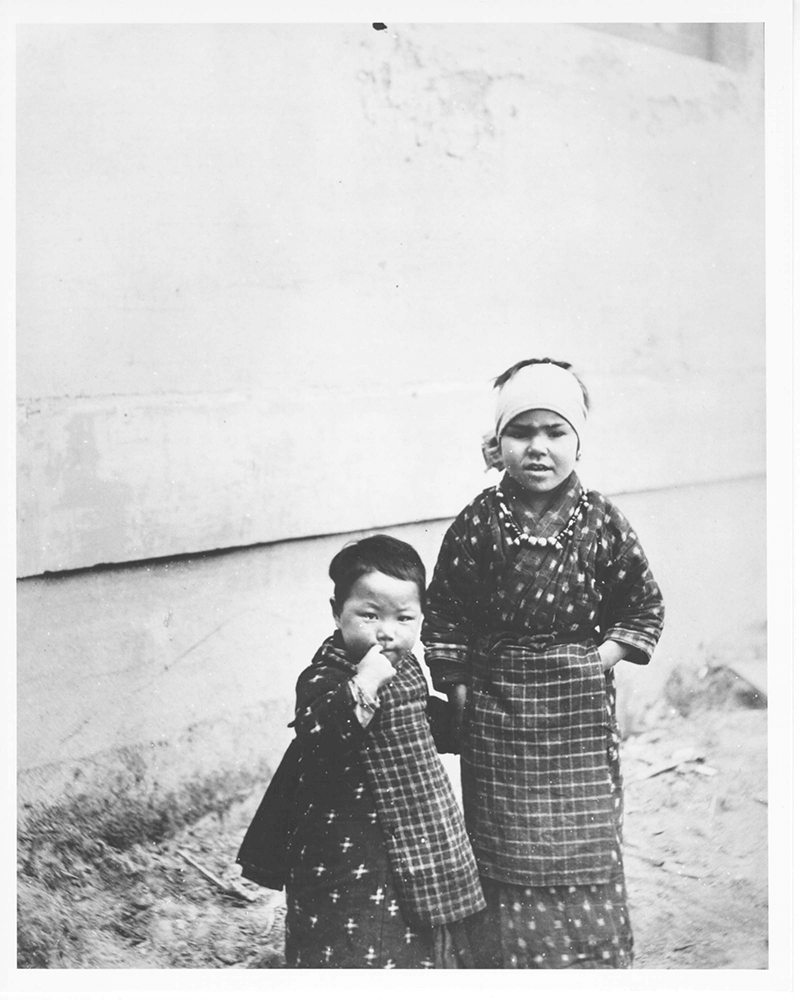 View Image
View Image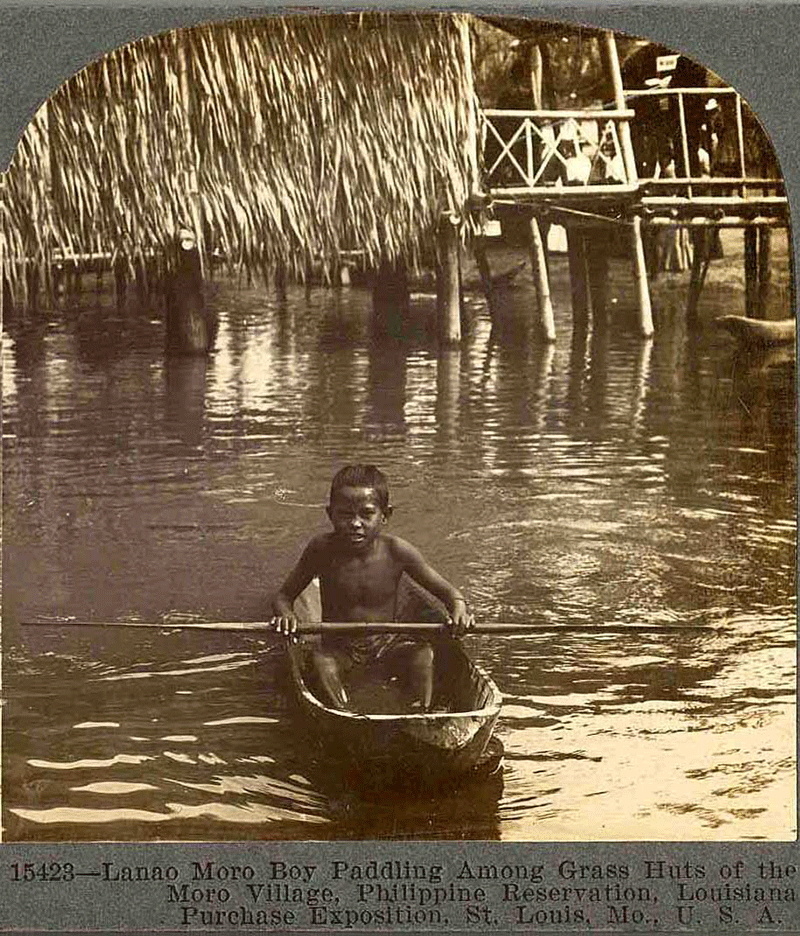 View Image
View Image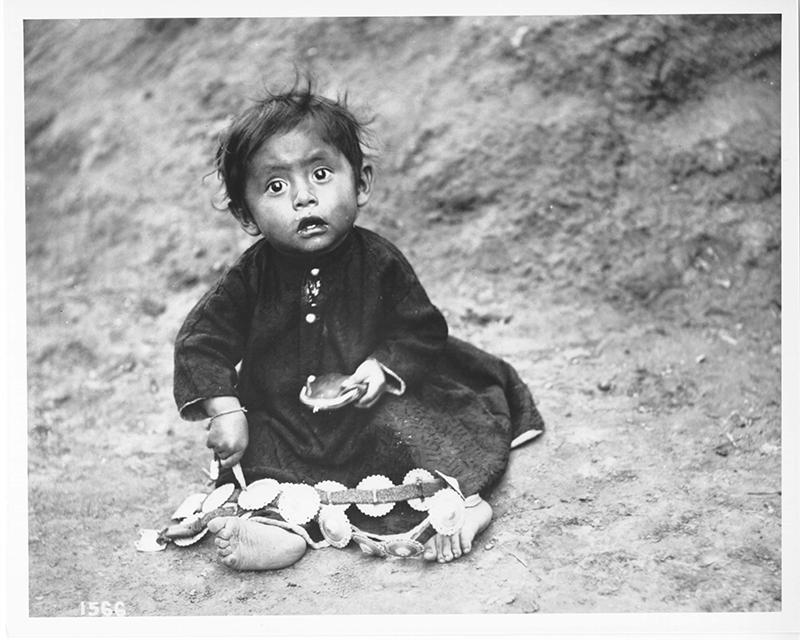 View Image
View Image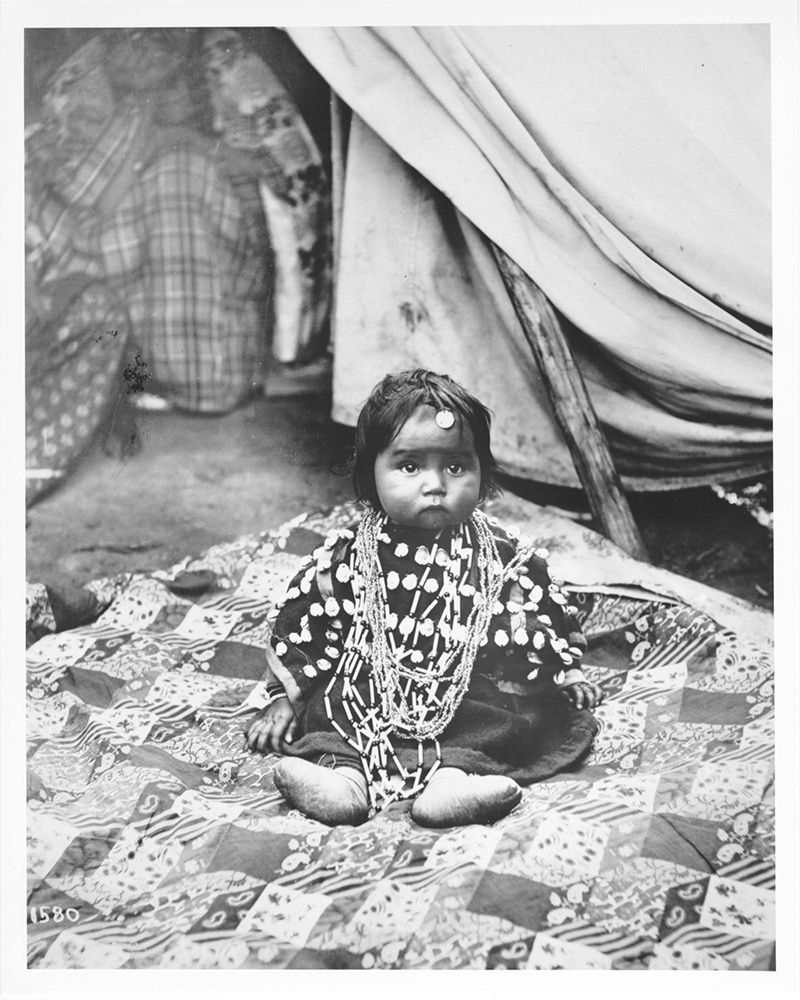 View Image
View Image